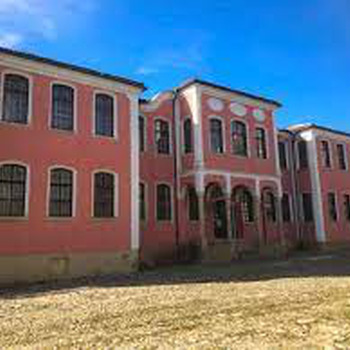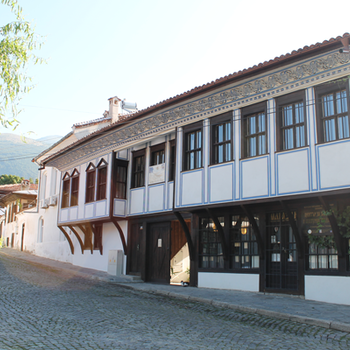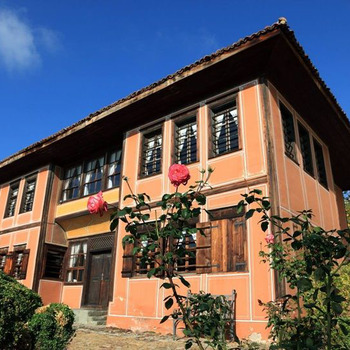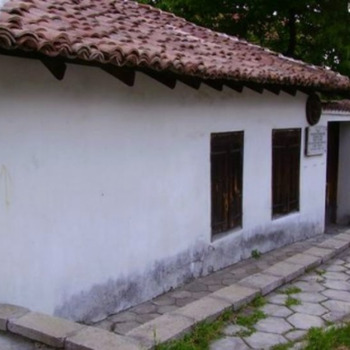Vasil Levski Museum
Overview
Vasil Levski’s museum in his hometown Karlovo exists for more than 80 years. Levski’s house of birth was reconstructed in 1933 and it started to function as a museum in 1937. Initially the social committee of Karlovo reconstructed it and the community centre was taking care of the house. There worked only a guard who welcomed the visitors. The first curator of the museum was Nikola Slavchev.
In 1954 Vasil Levski’s house became part of the national museum system. In 1955 next to it was constructed an exhibition hall for documents. When it appeared to be too small in 1965 next to it was built a new building and the old one was transformed into a cinema hall. From 1968 to 1992 Vasil Levski’s house has been part of the Historical museum in Karlovo. It has been an independent museum since 1993. On 21 July 2000 it turned into a state cultural institute with national importance under the name Vasil Levski Museum – Karlovo. Thereby it became a significant national memorial museum dedicated to one of the most distinguished Bulgarians.
From 1994 to 2011 in Karlovo was carried out a project of the National Institute for Monuments of Culture with author architect Maria Karazlateva for restoration of the surroundings of the Apostle’s house of birth which were damaged a lot in the fifties and the sixties of XX century. The project includes expansion of the museum facilities by reconstructing old Bulgarian houses from the time of the National Revival and construction of new ones. Chardaklieva house, “All Bulgarian Saints” memorial chapel and Onbashieva House have already been built.
Recommended
- Karlovo Historical Museum
- Architectural Complex "Starinno Karlovo"


 Bulgarian
Bulgarian Romanian
Romanian



